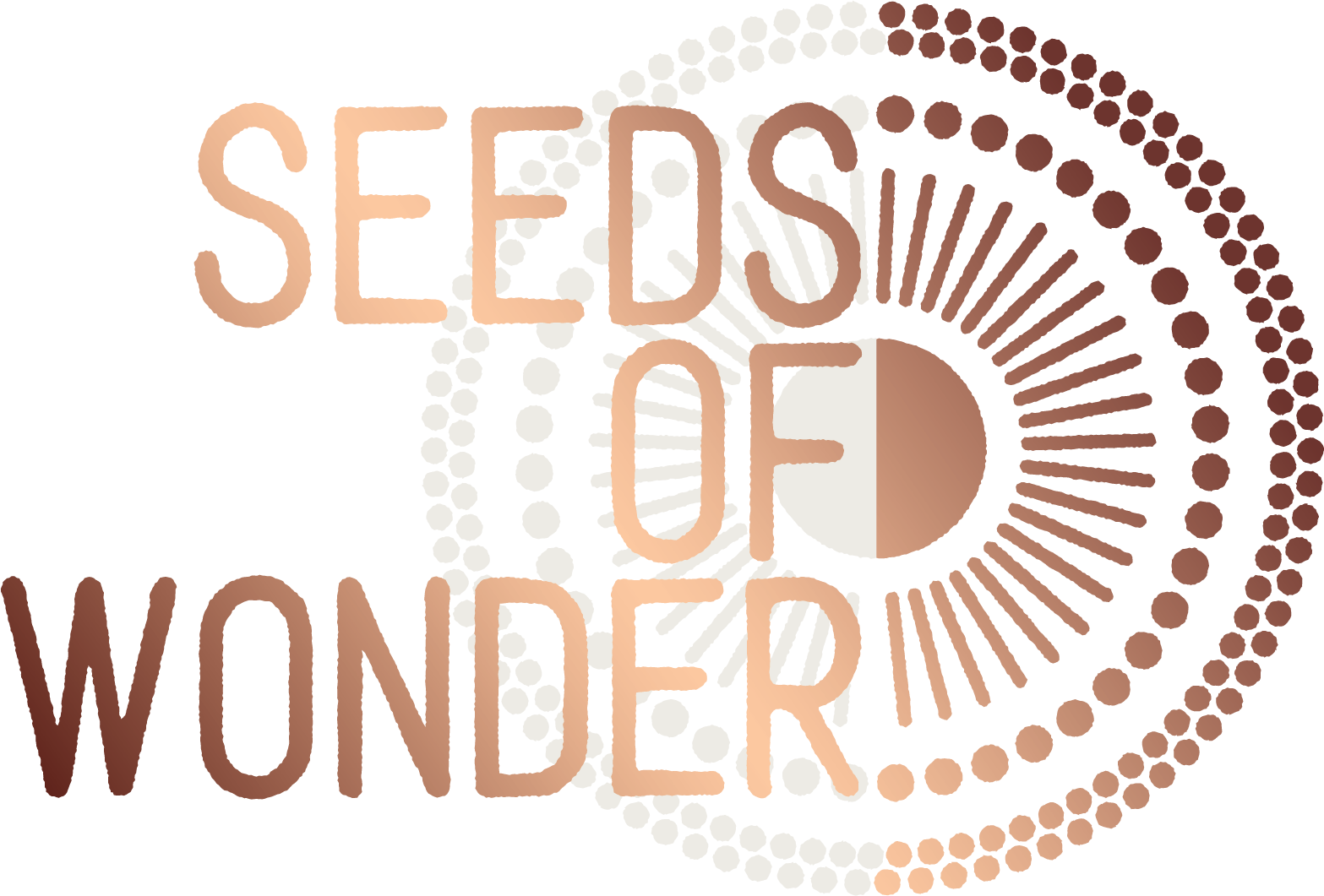Magical mandalas
Mandalas are found within many religions and cultures and have been used in Eastern culture for hundreds of years for meditation and prayer. They are considered to hold symbolic spiritual power and to bring about deep inner transformation.
In Sanskrit the word mandala translates as ‘circle’ and by extension the ‘world’. Traditionally mandalas are seen to represent the different aspects of the Universe and our connection with the infinite. Others consider mandalas to have an additional meaning, seeing them as representative of the spiritual journey made by an individual and a reflection of an individual’s inner life.

Types of mandalas
Essentially mandalas are made up of repetitive geometric designs. In their most basic form they are circles contained within a square that are arranged into sections around a central point. Depending on the culture, different types of symbols and patterns might also be included.
Mandalas come in many forms. They can be painted or drawn onto material such as paper or cloth. Others can be etched into metal or created with sand. Skilled practitioners are even said to be able to conjure them up in their minds!
Here is an overview of some of the more common type of mandalas.
Teaching mandalas
Teaching mandalas are designed to be symbolic. Each element of the mandala represents a different aspect of Buddhism. Monks learn them during their education and they are considered to be a mental cultural map.
Healing mandalas
These mandalas are considered more personal and intuitive, created for the purpose of meditation.
Lotus mandalas
Lotus mandalas often appear in Chinese and Japanese Buddhist art. They represent the elegant lotus growing out of shallow, muddy water which is symbolic of the enlightenment resulting from suffering and impurity. It is also symbolic of detachment from the materialistic world.
Sand mandalas
Sand mandalas are painstakingly created out of coloured sand grains that once completed are destroyed. Considered a Tibetan Buddhist tradition, they are representative of the creation and destruction of the Universe and a reflection of the impermanence of everything.

Flower mandalas
These can take many forms. Some come with a flower at its centre; others contain multiple images of flowers or are replicas of flowers themselves. Depending on the flowers incorporated into their design they can have many meanings but commonly they are associated with love, beauty and connection.
Yantras
Yantras are similar to a mandala and are commonly associated with Indian Tantric and Hindu traditions.
Usually they are smaller with a more limited colour palette. They can be 2D or 3D and may use a mantra in their design. Yantras can incorporate several geometric shapes radiating out from the centre, including triangles, circles and hexagons. You will also sometimes see lotus petals.
Yantras are used in the worship of deities in temples or at home, as well as meditation aids. They are considered a living force that attract positive energies and repel negative vibrations.
There are many different types of yantras. Popular yantras include Shri Yantra, Ganesh Yantra, Sri Chakram and Gayatri Yantra. Each is used for a different purpose, for example the Kuber Yantra is associated with increased wealth. Installing a yantra should be done with respect and the process is accompanied with a particular mantra to spiritually uplift the space.
Carl Jung and mandalas
Carl Jung, the 19th century Swiss psychoanalyst, was fascinated by mandalas and spent a lot of time delving into how to make them relevant in the modern, western world.
Over the years Jung came to believe that mandalas were symbolic of the inner process by which individuals grow towards fulfilling their potential for wholeness. He described mandalas as “the psychological expression of the totality of the self” (1973: 20) and felt that by regularly painting mandalas a person could come to create a dialogue between their own manufactured ego and their ‘true self’, successfully integrating the two over time, leading to self-awareness and healing.
Mandalas in the modern world
Many of the ancient practices mentioned in this blog continue to this day, for instance Buddhist monks continue to spend hours creating beautiful sand mandalas.
However, their reach now extends beyond religion, cultural rituals and the East and they are now used by mindfulness, meditation and yoga practitioners across the world. It is common to find mandalas in yoga studios and incorporated into practices and rituals such as healing circles. It is also now not unusual to see them used to adorn walls simply for their beauty.
Mandalas for meditation
By staring into their depths and falling into their shapes, patterns and colours, you can deepen your meditation practice. The idea is that by gazing into a mandala you are engaging your brain in the here and now, becoming more mindful and present.
How to use your mandala print for meditation
- Place your mandala on the floor or at eye level about an arm’s reach away from you.
- Seat yourself in a comfortable position.
- Take a long deep breath in…and then out.
- Focus on becoming still and start to empty your mind of your busy day.
- Slowly bring your eyes to gently focus on the mandala – start to concentrate on the shapes, colours and patterns in front of you.
- If you find your mind has drifted, gently bring it back to the mandala.
- Do this for around 5 minutes to start, and gradually build up to a longer period.
- At the end of the time, slowly start to bring yourself back into the space around you. Notice the noise you can hear. Wiggle your hands and feet. Stretch your arms up if that feels good.
- You are now ready to carry on your day!
Five benefits of mandalas
- They can bring peace and calmness.
- They can increase your focus and concentration.
- They can assist you to relax and declutter your mind.
- They can increase your own creativity.
- And lastly…according to a Harvard doctor, Dr. Herbert Benson, colouring a mandala can lower your heart rate, reduce your blood pressure and increase the release of ‘feel good’ hormones!
Getting your own mandala
If you would like to own your own mandala check out Seeds of Wonder’s beautiful mandala range here.
Created by Queensland based artist Aimee Fergusson, all the prints are eco-friendly and printed with biodegradable ink from recycled cartridges. Aimee also uses recycled paper card stock that is hand crafted by local Balinese women who use sustainable materials that would otherwise be destined for landfill collected from schools, offices, hotels and homes around Bali.
Even better, by buying this ethically produced, eco-friendly product you are not only supporting the environment but also the Jodie O’Shea foundation which provides charitable education for Indonesian children.








